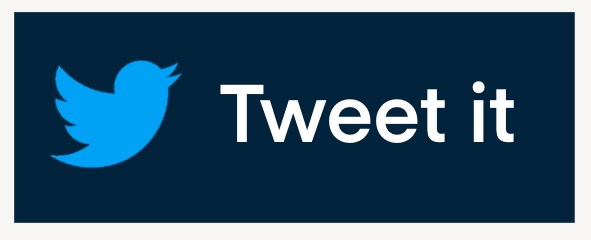Who do you think should win the 2021 Superuser Awards?
It’s time for you to help determine the winner of the 2021 Superuser Awards! The annual Superuser Awards is to recognize organizations that have used open infrastructure to improve their business while contributing back to the community.
This year, the Superuser Awards winner will be announced at the OpenInfra Live: Keynotes, November 17 – 18th! This will be the best opportunity for the global community to get together this year to hear about all things OpenInfra. Registration is free and is now live, so get your virtual ticket today and join us for Keynotes!
The R&D, operations and engineering teams of Binero Group AB is one of 11 nominees for the Superuser Awards. Check out why its team getting nominated and support them on Twitter!
Who is the nominee?
The R&D, operations and engineering teams of Binero Group AB
How has open infrastructure transformed the organization’s business?
Our OpenStack journey started back in around 2016 as a streamlined VPS service which later led to a deployment that handled the workload of our large scale shared hosting environment. With time this improved development cycles and removed infrastructure related obstacles for our dev teams. Mainly it improved our internal processes and made us “think differently” in terms of testing, automation, metrics/monitoring and deployment procedures.
In late 2019 we shifted our main business focus to cloud infrastructure (public and private) and by already having the processes, knowledge, and use cases in place we felt fully confident with the decision. Our OpenStack based cloud platforms as base – together with our other services in areas like networking, compliance and security – has given us an edge
How has the organization participated in or contributed to an open source project?
Both our staff members and temporary team members have been consistent in contributing in both code and review/bugreporting activities within primarily the OpenStack and CEPH projects. Our main engagement has been in the neutron and puppet-openstack projects and our lead architect has been on the OpenStack contributor list for basically every release since we started back on Mitaka. We always push on “upstream first” as a basis of our development within open source, and encourage our staff members to engage in the communities.
We have on a market level been very active within the Swedish society, sometimes together with other similar companies, to push for an open infrastructure and open source in general.
What open source technologies does the organization use in its open infrastructure environment?
We are almost exclusively utilizing open source technologies in our work and platforms, and from the OpenInfra project portfolio the one standing out would in our case be OpenStack, CEPH and Zuul – but our whole foundation relies on a range of open source projects including CentOS, Redis, MariaDB, RabbitMQ, Puppet, Ansible, ELK, Telegraf, Gerrit and many other technologies.
What is the scale of your open infrastructure environment?
We are currently running two public deployments (preparing our third) as well as private OpenStack platforms. We are putting big efforts into making our Stockholm region (which is dual AZ, soon to be triple AZ) as secure, compliant, stable, and HA-ready as possible. We are still relatively small in terms of allocation (< 100 compute hosts) but this is growing rapidly and has become our main business and focus area the last year.
We have clients in all sizes, using our platforms for everything from storing small chunks of object storage, to larger commitments in running full scale workloads with high compliance demands.”
What kind of operational challenges have you overcome during your experience with open infrastructure?
We had a long run of “doing things right” in relation to our OpenStack deployments all the way from 2016. This has included different storage solutions and networking setups, finding the best way of utilizing ceilometer and gnocchi for billing and metrics purposes, as well as figuring out how to run rolling upgrades the way we want it. We also spent quite some time when adding additional availability zones from HA perspective and integrations to the rest of the platform.
We are now in a place where we have sorted out basically all of our bigger obstacles, and due to really efficient and streamlined CI/CD processes and having the infrastructure set up the way we want it, we can do everything from daily deployments to rolling upgrades seamlessly with reliable and secure test flows.
How is this team innovating with open infrastructure?
We are working inside many open source projects – mainly CEPH and OpenStack. We keep finding new use cases we want to solve within the communities, and keep trying to push certain projects forward in order to try and make them fully production grade (by our standards). The last 6-8 months we have added support for Designate, Barbican and Mistral to our Stockholm region, and are currently evaluating and testing Manila and Trove.
Most of our development and product planning is customer-oriented and based on real use cases, which makes almost everything we do directly connect to how end users see their needs.
The Superuser Editorial Advisory Board will review the nominees and determine the finalists and overall winner after the community has had a chance to review the nominees. Stay tuned!
- Exploring the Open Infrastructure Blueprint: Huawei Dual Engine - September 25, 2024
- Open Infrastructure Blueprint: Atmosphere Deep Dive - September 18, 2024
- Datacomm’s Success Story: Launching A New Data Center Seamlessly With FishOS - September 12, 2024

)








